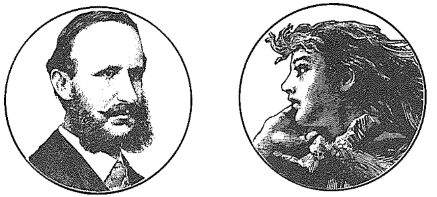Seth Cagin and Philip Dray: Hollywood Films of the Seventies: Sex, Drugs, Violence, Rock ‘n’ Roll, and Politics; Harper & Row; New York.
One of the big blows to the underground press in America in the 1960’s was an ad campaign staged by a major record company that used such toy-gun revolutionary slogans as “The Man can’t bust our music.” Not only did the ads employ the rhetoric of the would-be suburban Ché’s, but the record company made use of the pages of the weekly, monthly, or occasionally rags to push its latest releases, thus undercutting the pretensions of the so-called urban guerrillas of journalism. While the deflation caused by the record company may be considered to be laudatory, the existence of the campaign in the first place must be deplored. After all, on a legitimacy of a bunch of ink-stained, drug-smoking adolescents. The company was, undoubtedly, intent on one thing: pushing its platters. Similarly, other concerns — blue-jean manufacturer, brewers, cigarette makers, etc. — seized “radical” youth-oriented approached to peddle their wares. These businesses are, in large part, primary elements of the “Establishment.” Any group that panders to the tastes of its putative enemies is one that should be held off at some length.
Hollywood Films of the Seventies is, its main title notwithstanding, actually a nostalgic visit to the late 60’s, as exemplified by 1969’s Easy Rider, for those former “radicals’ who are now stockbrokers and insurance salesmen. The subtitle — Sex, Drugs, Violence, Rock ‘n’ Roll, and Politics — consists of key words that unquestionably evoke a Pavlovian response in the intended audience, one that creates a momentary desire for the odors of tear gas and cannabis, the cacophony of feedback from the mountains of Marshall amps, and the filthy hygiene that characterized the Woodstock Nation.
Bonnie and Clyde (1967) showed the glamour of being an outlaw; it didn’t matter that the title characters bought it in the end: one of the key notions was that it’s better to burn than to return to rust. The Trip (1967) indicated that LSD was horizon-expanding, even for uptight persons. Easy Rider took notions from both of these productions and blended them into a concoction that, authors Cagin and Dray announce with pride in a product of the generation that they identify with, grossed “an estimated $60 million worldwide, earning more money than all the films of Henry Fonda combined, up until the 1981 release of On Golden Pond.” The appended filmography — from Alice’s Restaurant to Zabriskie Point — consists, by and large, of cinematic efforts that seem to bite the hand feeds: they are attacks on the status quo, American normalcy, things that are supposedly defined by the establishment. But where did the monies come from? It makes one wonder about who is defending what, about whether the bitten hand isn’t being more than soothed by the action of the other hand, which is raking in bucks at the box office. cc

Leave a Reply